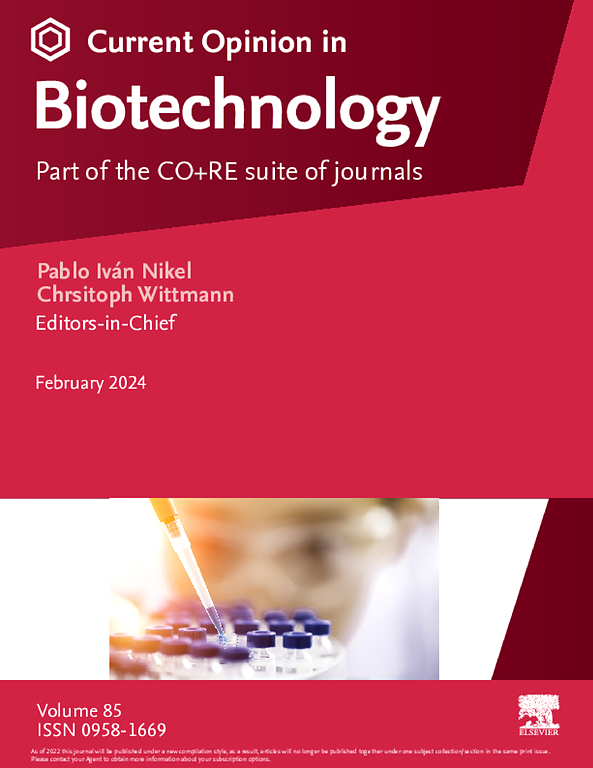Enzymatic recycling and microbial upcycling for a circular plastics bioeconomy
IF 7.1
2区 工程技术
Q1 BIOCHEMICAL RESEARCH METHODS
引用次数: 0
Abstract
Since the 1950s, plastics have become commodity materials that are present in virtually every aspect of our daily lives. However, the current economic model of plastics is fundamentally linear, with less than 10% of plastics returning to the value chain at their end of life. In recent years, efforts have been dedicated to develop new technologies that can change this model to a circular economy for plastics, including enzymatic recycling and biological upcycling to value-added products. Here, we will review recent advances made in this rapidly evolving field and discuss how further development of these technologies could contribute to reduce the share of postconsumer plastic waste that is diverted toward landfilling and incineration.
循环塑料生物经济的酶回收和微生物升级回收
自20世纪50年代以来,塑料已经成为商品材料,几乎出现在我们日常生活的方方面面。然而,目前塑料的经济模式基本上是线性的,只有不到10%的塑料在使用寿命结束时回到价值链中。近年来,人们一直致力于开发新技术,将这种模式转变为塑料的循环经济,包括酶回收和生物升级回收,以生产增值产品。在这里,我们将回顾在这个快速发展的领域取得的最新进展,并讨论这些技术的进一步发展如何有助于减少被转移到填埋和焚烧的消费后塑料废物的份额。
本文章由计算机程序翻译,如有差异,请以英文原文为准。
求助全文
约1分钟内获得全文
求助全文
来源期刊

Current opinion in biotechnology
工程技术-生化研究方法
CiteScore
16.20
自引率
2.60%
发文量
226
审稿时长
4-8 weeks
期刊介绍:
Current Opinion in Biotechnology (COBIOT) is renowned for publishing authoritative, comprehensive, and systematic reviews. By offering clear and readable syntheses of current advances in biotechnology, COBIOT assists specialists in staying updated on the latest developments in the field. Expert authors annotate the most noteworthy papers from the vast array of information available today, providing readers with valuable insights and saving them time.
As part of the Current Opinion and Research (CO+RE) suite of journals, COBIOT is accompanied by the open-access primary research journal, Current Research in Biotechnology (CRBIOT). Leveraging the editorial excellence, high impact, and global reach of the Current Opinion legacy, CO+RE journals ensure they are widely read resources integral to scientists' workflows.
COBIOT is organized into themed sections, each reviewed once a year. These themes cover various areas of biotechnology, including analytical biotechnology, plant biotechnology, food biotechnology, energy biotechnology, environmental biotechnology, systems biology, nanobiotechnology, tissue, cell, and pathway engineering, chemical biotechnology, and pharmaceutical biotechnology.
 求助内容:
求助内容: 应助结果提醒方式:
应助结果提醒方式:


